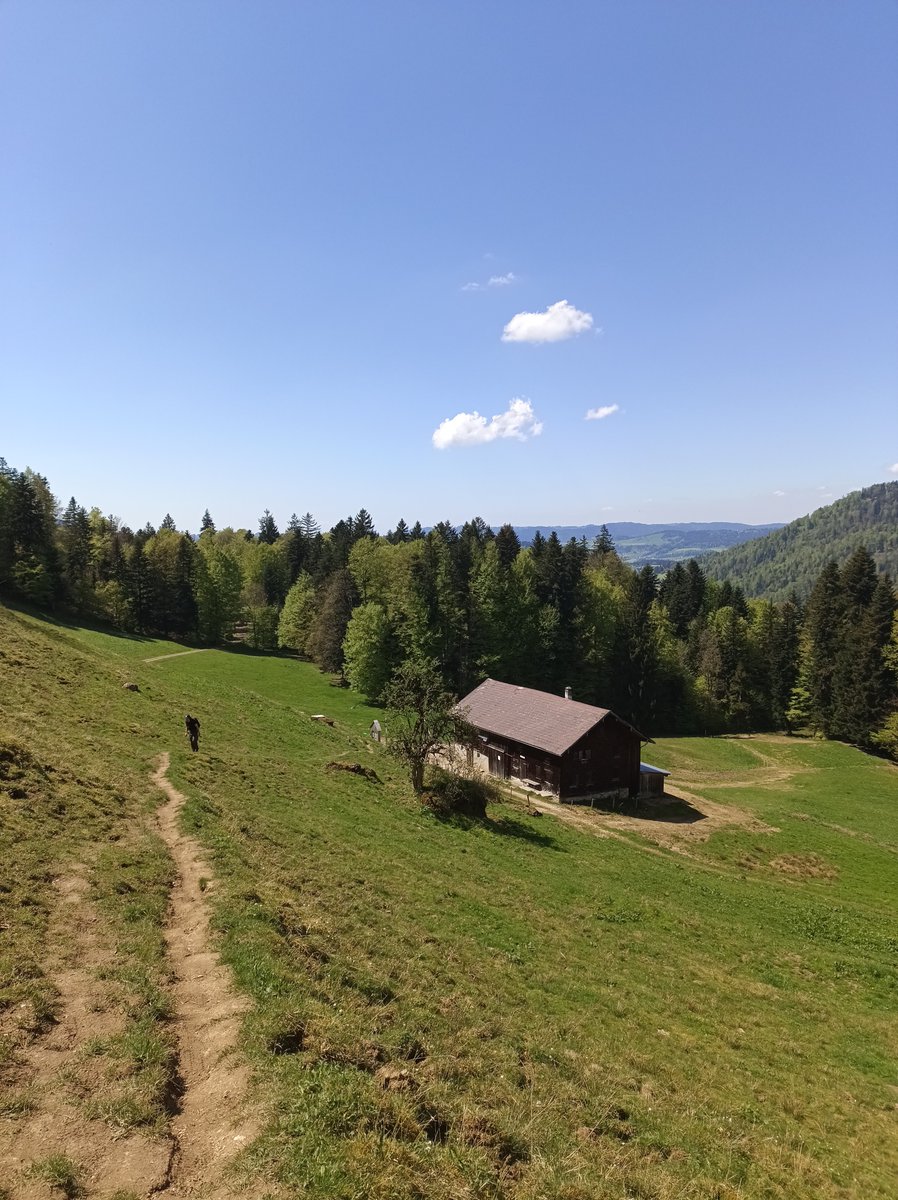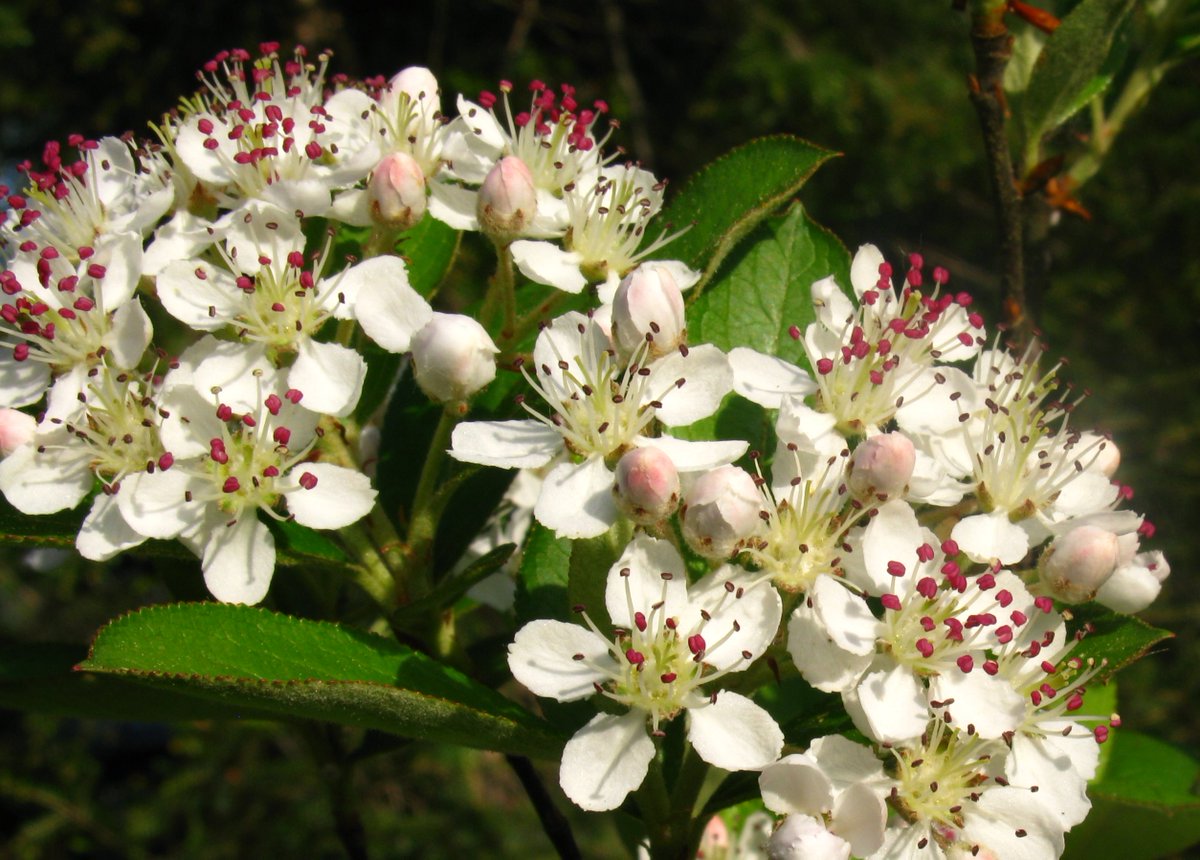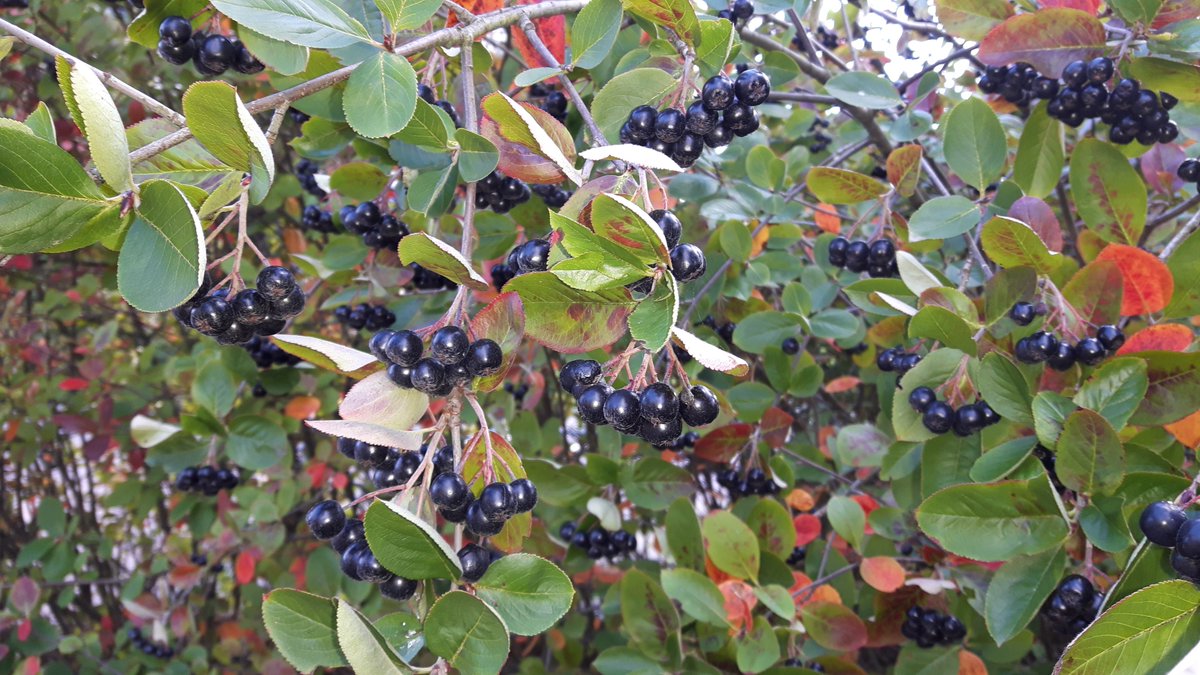Tired of replanting salad greens every few weeks? 🥗
Meet Perennial Arugula - the forget-me-not of the salad world that keeps giving peppery, delicious leaves for YEARS.
Diplotaxis tenuifolia might just be the smartest investment your garden has ever seen. Here's why: 🧵
Meet Perennial Arugula - the forget-me-not of the salad world that keeps giving peppery, delicious leaves for YEARS.
Diplotaxis tenuifolia might just be the smartest investment your garden has ever seen. Here's why: 🧵

1. Meet Wild Rocket: The Arugula That Never Quits
Diplotaxis tenuifolia isn't your supermarket arugula that bolts at the first sign of heat. This Mediterranean native is built for the long haul:
• Perennial lifecycle = plant once, harvest for 3-5+ years
• Thrives in both summer heat and winter cold
• More intense, complex peppery flavor than annual varieties
• Beautiful yellow flowers that attract pollinators
Diplotaxis tenuifolia isn't your supermarket arugula that bolts at the first sign of heat. This Mediterranean native is built for the long haul:
• Perennial lifecycle = plant once, harvest for 3-5+ years
• Thrives in both summer heat and winter cold
• More intense, complex peppery flavor than annual varieties
• Beautiful yellow flowers that attract pollinators

2. Built for Unpredictable Weather
Perennial Arugula laughs at what kills other salad crops:
• Survives temperatures down to -15°C without protection
• Prefers cool, damp conditions (hello, Austrian weather!)
• Drought-tolerant once established - deep taproot finds water others miss
• Heat-resistant - doesn't bolt and turn bitter like annual rocket
Perennial Arugula laughs at what kills other salad crops:
• Survives temperatures down to -15°C without protection
• Prefers cool, damp conditions (hello, Austrian weather!)
• Drought-tolerant once established - deep taproot finds water others miss
• Heat-resistant - doesn't bolt and turn bitter like annual rocket
3. The Ultimate Low-Maintenance Salad Solution
Plant it once, enjoy salads forever:
• Self-seeds readily for continuous harvests without replanting
• Pest-resistant (peppery compounds naturally deter insects)
• Disease-resistant - rarely suffers from common salad crop problems
• Cut-and-come-again harvesting means continuous production
Plant it once, enjoy salads forever:
• Self-seeds readily for continuous harvests without replanting
• Pest-resistant (peppery compounds naturally deter insects)
• Disease-resistant - rarely suffers from common salad crop problems
• Cut-and-come-again harvesting means continuous production

4. More Nutritious Than Its Annual Cousin
Perennial plants develop deeper, more complex nutrient profiles:
• Higher concentrations of vitamins A, C, and K
• Rich in glucosinolates (powerful antioxidants)
• More minerals thanks to deep taproot accessing subsoil nutrients
Perennial plants develop deeper, more complex nutrient profiles:
• Higher concentrations of vitamins A, C, and K
• Rich in glucosinolates (powerful antioxidants)
• More minerals thanks to deep taproot accessing subsoil nutrients
5. Perfect for Small Spaces and Containers
Don't let the word "perennial" fool you - this works in tiny spaces:
• Thrives in pots and window boxes for years
• Compact growth habit - harvest outer leaves while center regrows
• Excellent indoor plant for sunny windows
• Fits into herb spirals and polyculture plantings beautifully
Don't let the word "perennial" fool you - this works in tiny spaces:
• Thrives in pots and window boxes for years
• Compact growth habit - harvest outer leaves while center regrows
• Excellent indoor plant for sunny windows
• Fits into herb spirals and polyculture plantings beautifully

6. The Permaculture Powerhouse
Perennial Arugula embodies multiple permaculture principles:
• Deep taproot breaks up compacted soil and brings nutrients to surface
• Flowers provide nectar for beneficial insects throughout growing season
• Self-seeds into perfect microclimates you never would have chosen
• Creates beneficial guild relationships with other plants
Perennial Arugula embodies multiple permaculture principles:
• Deep taproot breaks up compacted soil and brings nutrients to surface
• Flowers provide nectar for beneficial insects throughout growing season
• Self-seeds into perfect microclimates you never would have chosen
• Creates beneficial guild relationships with other plants

7. Economic Benefits That Keep Giving
The math on perennial crops is stunning:
• One packet of seeds (£2-3) provides years of harvests
• Eliminates annual seed purchases and replanting labor
• Self-seeds into new areas, expanding your harvest naturally
Turn a tiny investment into years of great harvests.
The math on perennial crops is stunning:
• One packet of seeds (£2-3) provides years of harvests
• Eliminates annual seed purchases and replanting labor
• Self-seeds into new areas, expanding your harvest naturally
Turn a tiny investment into years of great harvests.
8. Growing Tips for Maximum Success
Getting started with Perennial Arugula couldn't be easier:
• Direct sow seeds in spring or autumn (they need cold stratification)
• Barely cover seeds - they need light to germinate
• Thin seedlings to 15-20cm apart for optimal growth
• Harvest outer leaves regularly to encourage continuous production
Getting started with Perennial Arugula couldn't be easier:
• Direct sow seeds in spring or autumn (they need cold stratification)
• Barely cover seeds - they need light to germinate
• Thin seedlings to 15-20cm apart for optimal growth
• Harvest outer leaves regularly to encourage continuous production

9. The Guild Garden Approach
Integrate Perennial Arugula into beneficial plant communities:
• Pairs beautifully with rosemary, thyme, and other Mediterranean herbs
• Plant under fruit trees as a living mulch that provides food
• Use as edging for vegetable beds - attractive and functional
• Include in pollinator gardens for its long flowering season
Design plant communities that support each other naturally.
Integrate Perennial Arugula into beneficial plant communities:
• Pairs beautifully with rosemary, thyme, and other Mediterranean herbs
• Plant under fruit trees as a living mulch that provides food
• Use as edging for vegetable beds - attractive and functional
• Include in pollinator gardens for its long flowering season
Design plant communities that support each other naturally.
Ready to transform your approach to growing food?
Perennial Arugula is just one example of how permaculture thinking can revolutionize your garden.
Our guide shows you exactly how to design productive, self-improving food systems:
thistle-thorn.kit.com/transformhomeg…
Perennial Arugula is just one example of how permaculture thinking can revolutionize your garden.
Our guide shows you exactly how to design productive, self-improving food systems:
thistle-thorn.kit.com/transformhomeg…

• • •
Missing some Tweet in this thread? You can try to
force a refresh

















